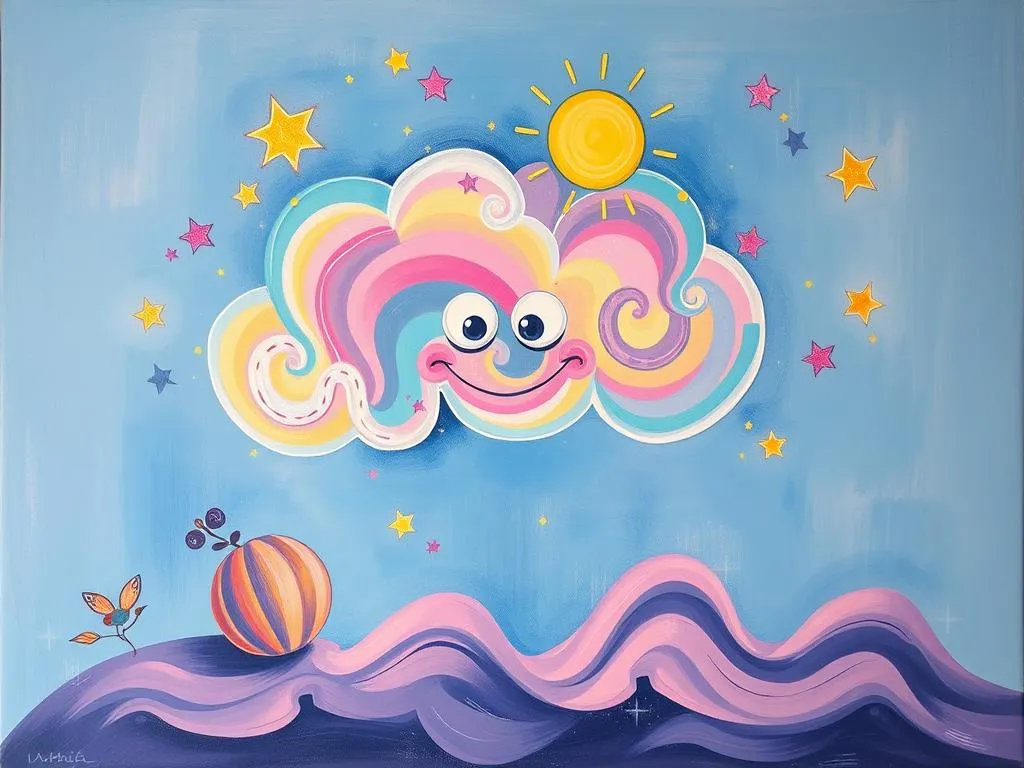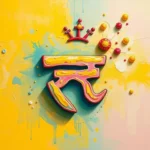
Introduction
Dreams have long captivated the human imagination, serving as a rich tapestry of symbols and narratives that reflect our innermost thoughts and feelings. The phenomenon of dream interpretation intrigues many, providing a fascinating glimpse into our subconscious. Among the myriad themes that arise in dreams, the concept of symbol production stands out. This refers to the way our minds create vivid images and scenarios that often hold deeper meanings. Understanding these symbols can offer valuable insights into our waking lives, helping us navigate our emotions and experiences.
In a world where we are constantly bombarded with stimuli, dreams can provide a sanctuary—a space where our minds can explore, create, and process. They serve as a bridge between our conscious and subconscious selves, often illuminating aspects of our lives that we may overlook in our daily routines. By delving into the symbolism and meanings of our dreams, especially those focused on symbol production, we can uncover layers of understanding that enhance our self-awareness and personal growth.
Symbolism and Meaning
When we discuss symbol production in dreams, we are essentially examining how our subconscious mind conjures up various images and scenarios that resonate with our thoughts, emotions, and life circumstances. Common symbols that emerge in dreams can vary greatly, but several frequently recur across different dream experiences.
One prevalent symbol is water, which often signifies emotions and the subconscious itself. The state of the water—whether calm, turbulent, clear, or murky—can provide insights into the dreamer’s emotional state. For instance, a calm sea might suggest tranquility and emotional stability, while stormy waters could indicate turmoil or unresolved feelings.
Another powerful symbol is flight. Dreams of flying can represent freedom, ambition, and the desire to escape the limitations of reality. Conversely, if the flight is difficult or involves falling, it may reflect feelings of insecurity or a fear of failure. The manner in which one flies—effortlessly soaring or struggling against the wind—can dramatically alter the interpretation.
Animals also play a crucial role in dream symbolism. Different animals can embody various qualities or traits. For example, dreaming of a lion may symbolize strength and courage, while a snake might represent transformation or hidden fears. The interaction with these animals in the dream can further influence their meaning; a friendly encounter may suggest acceptance of these qualities, while an aggressive confrontation could indicate internal conflict.
Colors in dreams are also rich with meaning. Bright colors often evoke feelings of joy and positivity, while darker hues may hint at sadness or anxiety. The emotions associated with these colors can provide additional layers of interpretation, inviting the dreamer to reflect on their emotional landscape.
Ultimately, the meaning behind dream symbols can differ based on personal experiences, cultural backgrounds, and individual contexts. While there are common interpretations, the subjective nature of dreams means that the dreamer’s personal associations play a critical role in understanding the messages conveyed through these dream symbols.
Key Scenarios and Variations
Dreams of symbol production can manifest in numerous scenarios, each offering unique insights based on the context and the emotions experienced during the dream. For example, one might dream of creating a work of art, which can represent self-expression, creativity, and personal growth. This scenario may indicate a desire to explore one’s talents or to communicate feelings that are otherwise difficult to articulate.
In contrast, a dream where one is unable to produce any symbols—perhaps staring at a blank canvas or an empty page—might signify feelings of inadequacy or creative block. This variation can point to underlying anxieties about one’s abilities or fears of not meeting expectations, whether they are self-imposed or derived from external pressures.
Another interesting scenario involves the collaboration in the dream. When dreaming of producing symbols with others—be it friends, family, or even strangers—it may reflect how we perceive our relationships and how we collaborate in waking life. Such dreams can highlight themes of support, synergy, or conflict, depending on how the collaboration unfolds. For instance, a harmonious creation can symbolize teamwork and mutual understanding, while a chaotic production process might reveal tensions or unresolved issues within those relationships.
Recurring dreams also hold significant meaning in the realm of symbol production. If a dreamer frequently finds themselves in scenarios where they are producing symbols, it could indicate a persistent theme or lesson the subconscious is trying to convey. These repetitions can prompt a deeper exploration of personal aspirations, fears, or unresolved conflicts that need attention.
Additionally, dreams that involve time travel or revisiting past experiences often feature symbol production as a central theme. Such dreams can signify a need to reconcile with past events or emotions, allowing the dreamer to reinterpret their experiences and derive new meanings. In these scenarios, the dreamer might produce symbols that represent unresolved issues or moments of personal significance, offering an opportunity for healing and understanding.
Ultimately, the variations in dreams centered around symbol production serve as a reminder of the complex and multifaceted nature of our subconscious. They invite us to explore the diverse ways in which we create meaning in our lives, both in dreams and in reality.
Real-Life Connections and Takeaways
Connecting the themes of symbol production in dreams to real-life situations can provide profound insights and facilitate personal growth. Encouraging readers to reflect on their own experiences may unlock new understandings of their dreams and how they relate to their waking lives.
One practical approach is to journal about your dreams upon waking. Recording the symbols, emotions, and scenarios can help you track patterns and themes that emerge over time. This practice not only enhances memory but also fosters greater self-awareness. As you write, consider how the symbols relate to your current life circumstances. Are there unresolved feelings or situations that are being reflected in your dreams? Are there aspirations or desires that are coming to the forefront?
Engaging in self-reflection is another powerful tool for connecting dreams to reality. Take time to contemplate the emotions and symbols that arise in your dreams. Ask yourself questions like: What do these symbols mean to me personally? How do they relate to my current challenges or goals? This introspection can reveal important insights about your emotional state and your desires, allowing you to address issues that may have been buried beneath the surface.
Moreover, it can be beneficial to share your dreams with trusted friends or family members. Discussing your dreams can provide new perspectives and interpretations, enriching your understanding of the symbols at play. Others may offer insights that you hadn’t considered, helping you to see connections you might have missed.
Incorporating creative expression into your daily routine can also enhance your connection to the themes of symbol production. Whether through painting, writing, music, or any other form of art, engaging in creative pursuits allows you to explore your thoughts and feelings more deeply. This can create a feedback loop where your waking creative endeavors inform your dreams, and vice versa.
Ultimately, the key takeaway is to approach your dreams with curiosity and openness. By recognizing that your subconscious is actively producing symbols that reflect your thoughts and emotions, you can develop a deeper understanding of yourself. This journey of exploration can lead to greater emotional clarity, personal growth, and a richer connection to your inner world.
In conclusion, the phenomenon of dream symbol production offers a fascinating lens through which to explore our subconscious. By analyzing common symbols and their meanings, considering variations in dream scenarios, and connecting these dreams to real-life experiences, we can unlock profound insights that enhance our self-awareness and personal growth. Embrace the power of your dreams, and allow them to guide you on a journey of self-discovery and understanding.







